Aging Population
The demographic shift towards an aging population is a crucial factor driving the Diabetic Foot Ulcer Treatment Market. Older adults are more susceptible to diabetes and its complications, including foot ulcers, due to age-related physiological changes and comorbidities. As the global population aged 65 and older continues to grow, the incidence of diabetes and related complications is likely to increase correspondingly. This demographic trend necessitates the development of tailored treatment solutions that cater to the unique needs of elderly patients. Market projections indicate that the aging population will significantly contribute to the demand for diabetic foot ulcer treatments, as healthcare providers seek to address the specific challenges faced by this demographic. Thus, the aging population is poised to be a key driver of market growth in the coming years.
Rising Incidence of Diabetes
The increasing prevalence of diabetes worldwide is a primary driver for the Diabetic Foot Ulcer Treatment Market. According to recent statistics, the number of individuals diagnosed with diabetes is projected to reach approximately 700 million by 2045. This surge in diabetes cases correlates with a heightened risk of complications, including diabetic foot ulcers. As a result, healthcare systems are compelled to allocate more resources towards effective treatment options. The growing patient population necessitates innovative therapies and advanced wound care products, thereby propelling market growth. Furthermore, the economic burden associated with diabetic foot ulcers, estimated to be in the billions annually, underscores the urgent need for effective treatment solutions. Consequently, the rising incidence of diabetes is likely to sustain demand for diabetic foot ulcer treatments in the foreseeable future.
Rising Healthcare Expenditure
The escalation of healthcare expenditure across various regions is a notable driver for the Diabetic Foot Ulcer Treatment Market. Increased investment in healthcare infrastructure and services facilitates the availability of advanced treatment options for diabetic foot ulcers. Governments and private sectors are allocating more funds towards innovative therapies, wound care products, and preventive measures. This trend is particularly evident in regions with high diabetes prevalence, where healthcare systems are under pressure to manage the associated complications effectively. Market data indicates that healthcare spending is projected to grow at a steady rate, which is likely to enhance access to quality care for diabetic patients. As healthcare expenditure rises, the demand for effective diabetic foot ulcer treatments is expected to follow suit, thereby driving market growth.
Increasing Awareness and Education
The growing awareness regarding diabetic foot ulcers and their complications is a significant driver for the Diabetic Foot Ulcer Treatment Market. Educational initiatives aimed at both healthcare professionals and patients are becoming more prevalent, emphasizing the importance of early detection and management of foot ulcers. Campaigns by health organizations and diabetes associations are instrumental in disseminating information about preventive measures and treatment options. This heightened awareness is likely to lead to earlier interventions, thereby reducing the severity of ulcers and associated healthcare costs. Market Research Future suggests that as awareness increases, the demand for specialized treatment products and services will also rise. Consequently, the focus on education and awareness is expected to play a pivotal role in shaping the future landscape of the diabetic foot ulcer treatment market.
Advancements in Wound Care Technology
Technological innovations in wound care are significantly influencing the Diabetic Foot Ulcer Treatment Market. The introduction of advanced dressings, such as hydrocolloids, alginates, and antimicrobial agents, has revolutionized the management of diabetic foot ulcers. These products not only promote faster healing but also reduce the risk of infections, which is crucial for diabetic patients. Moreover, the integration of smart technologies, including biosensors and telemedicine platforms, enhances monitoring and management of foot ulcers. Market data indicates that the wound care market is expected to grow at a compound annual growth rate (CAGR) of over 5% in the coming years, driven by these advancements. As healthcare providers increasingly adopt these innovative solutions, the demand for effective diabetic foot ulcer treatments is anticipated to rise, further propelling market expansion.


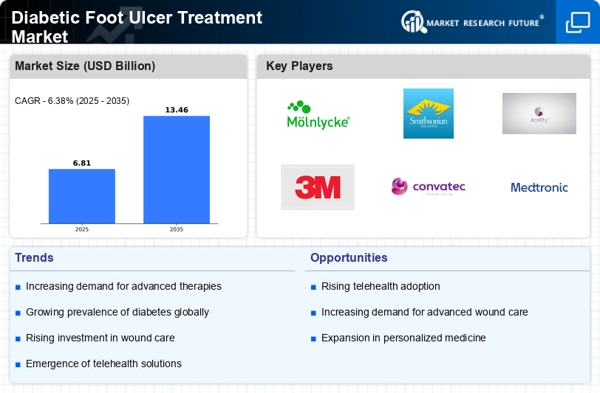
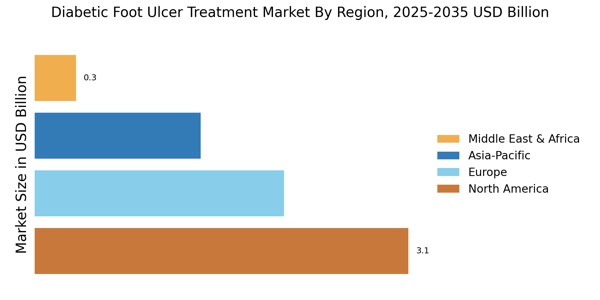

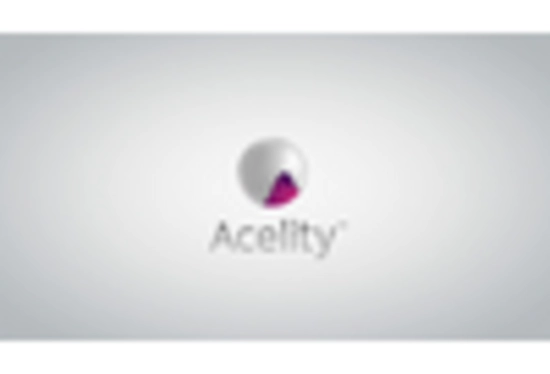
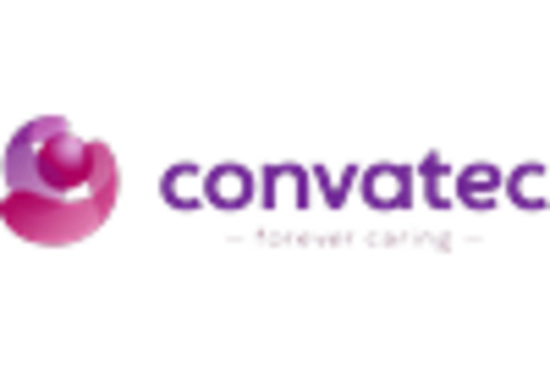
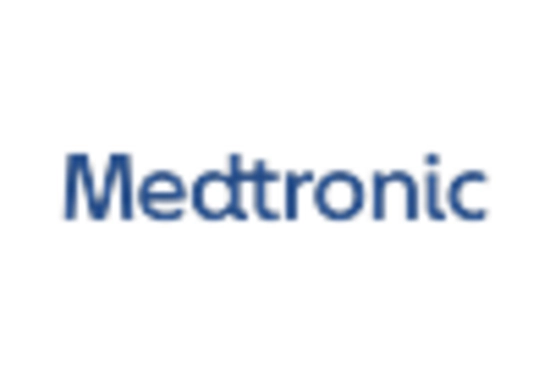
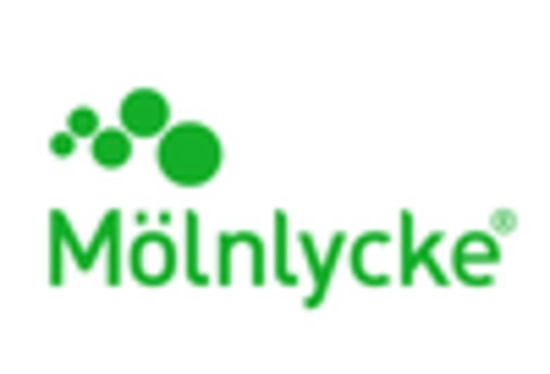









Leave a Comment